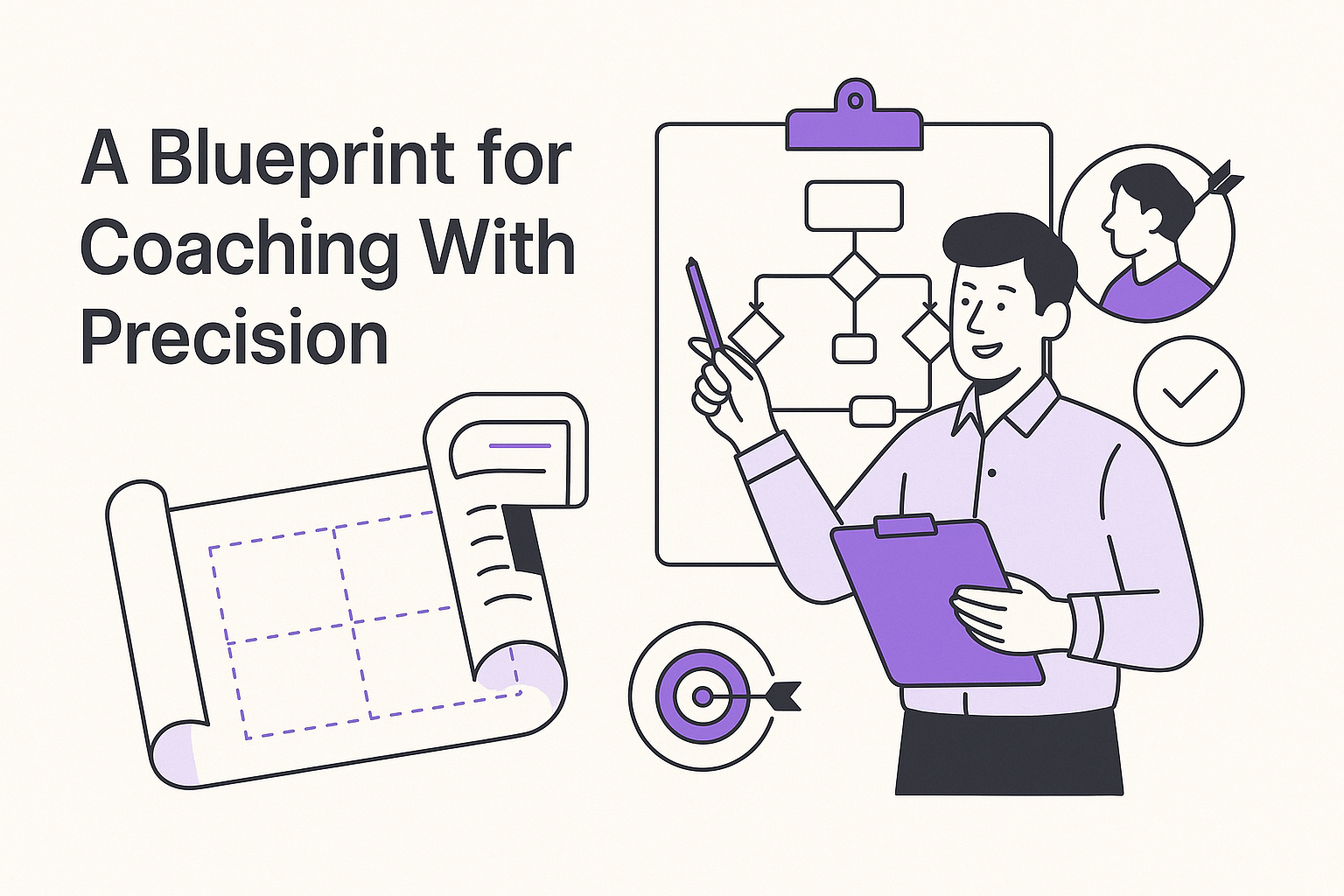How to Analyze Prospect Retention
-
Hello Insight
- 10 min read
Prospect Retention Analysis serves as an essential tool for businesses aiming to sustain and grow their customer base. Imagine a scenario where the cost of acquiring new clients outpaces the revenue generated from them. This situation underscores the need for effective strategies to retain existing prospects. Understanding the dynamics behind why clients choose to stay or leave can significantly influence future business decisions.
By delving into Prospect Retention Analysis, organizations can identify key patterns and metrics that highlight customer behaviors. This analysis not only reveals areas requiring improvement but also informs targeted strategies to enhance client engagement. As businesses adapt to a competitive landscape, mastering the art of retaining prospects emerges as a vital component for sustainable growth and success.
Generate visualizations from your qualitative data. At Scale.

Understanding Prospect Retention Analysis
Understanding prospect retention analysis involves examining how well potential customers are retained throughout their journey. This analysis is crucial for businesses aiming to improve their conversion rates and enhance customer relationships. By utilizing various metrics, organizations can gauge the effectiveness of their efforts in keeping prospects engaged.
The process typically begins with data collection, focusing on interactions and behavior patterns of prospects. It requires identifying key indicators, such as engagement rates and feedback responses. Understanding these metrics helps businesses create targeted strategies for better retention. This ultimately leads to improved customer experiences and higher satisfaction levels.
Several aspects are vital for an effective analysis. First, monitor engagement metrics like emails opened or links clicked. Second, assess feedback to understand prospects' concerns. Lastly, analyze conversion rates over time to gauge overall effectiveness. Together, these elements provide valuable insights that guide businesses toward more effective prospect retention strategies.
The Importance of Prospect Retention Analysis
Understanding the importance of prospect retention analysis is crucial for any business aiming for sustainable growth. By focusing on how prospects engage with your offerings, you can uncover insights that drive strategic decisions. Retaining prospects not only maximizes their lifetime value but also creates a base of loyal customers who can advocate for your brand.
Moreover, this analysis allows businesses to identify trends that may lead to higher conversion rates. Examining patterns of behavior lets you tailor marketing efforts and refine customer outreach strategies. Such targeted initiatives foster a deeper connection with prospects, keeping them engaged in the long run. Ultimately, the insights derived from prospect retention analysis can reveal areas for improvement, ensuring that your strategies align with customer expectations and preferences. Engaging in this analysis is a vital step toward thriving in a competitive marketplace.
Key Metrics for Effective Prospect Retention Analysis
A successful Prospect Retention Analysis is driven by several vital metrics that gauge how effectively you are engaging and retaining prospects. Understanding these metrics can lead to improved strategies, fostering a healthier customer relationship. First, focus on conversion rates, which reflect the percentage of prospects that transition into customers. This metric is crucial as it indicates the effectiveness of your sales funnel.
Next, consider the average time to close. This metric evaluates how long it takes to convert a prospect into a customer, highlighting your sales efficiency. Customer engagement metrics are also essential, as they indicate how prospects interact with your content. Higher engagement suggests a greater likelihood of conversion. Additionally, tracking the feedback and satisfaction levels of prospects can reveal insights into their journey, helping to refine retention strategies further. By consistently monitoring these key metrics, you can effectively enhance your approach to Prospect Retention Analysis and improve overall business outcomes.
Evaluate Performance on Customer Calls for Quality Assurance.
Implementing Prospect Retention Strategies
Implementing effective prospect retention strategies involves a systematic approach to understanding and enhancing customer engagement. First, gather relevant data to analyze current retention rates. This data should include information on customer interactions, preferences, and feedback. Once you have collected sufficient data, it's essential to analyze patterns and trends to identify areas for improvement.
Next, use this analysis to develop targeted retention strategies that address the needs of your prospects. For instance, consider personalized communication to improve connection and trust. Also, provide value through informative content or exclusive offers that encourage long-term engagement. By continuously evaluating your retention strategies and adapting to changing customer needs, you can significantly enhance your prospect retention analysis, ultimately leading to improved conversion rates and sustained revenue growth.
Step 1: Gathering Relevant Data for Prospect Retention Analysis
Gathering relevant data is the cornerstone of prospect retention analysis. Start by compiling data from multiple sources, including past customer interactions, surveys, and engagement metrics. This variety ensures a comprehensive overview of how prospects have interacted with your brand. Make sure to categorize the data based on relevant attributes like demographic details, purchasing habits, and responses to previous marketing efforts.
Additionally, consider utilizing customer feedback channels to garner insights into their experiences. This approach can uncover valuable information about the reasons behind prospect decisions to stay or disengage. Remember, accurate and thorough data collection lays the foundation for effective analysis. By establishing a clear framework for data organization, you will facilitate the next steps in your prospect retention analysis. This groundwork will ultimately influence your ability to address gaps and enhance prospects’ experiences moving forward.
Step 2: Analyzing Patterns and Trends in Prospect Retention
To effectively conduct Prospect Retention Analysis, focus on identifying key patterns and trends within your data. Start by collating and dissecting the information obtained from various interactions, such as customer calls or surveys. This method allows you to observe how prospects engage over time, revealing essential insights about their behaviors and preferences. By reviewing these patterns, you can better understand what factors impact retention, such as customer satisfaction or common pain points.
Analyze the trends shown in your data to assess how they evolve over certain periods. For example, are there specific months where retention dips? Are there recurring comments that indicate a need for improvement? Document these observations, and consider using visual formats like charts to highlight significant findings. Tracing these patterns will not only sharpen your analysis but also guide future strategies for enhancing prospect retention and ultimately boosting overall customer loyalty.
Conclusion: The Future of Prospect Retention Analysis
As we look toward the future, Prospect Retention Analysis will play a crucial role in shaping effective marketing strategies. Businesses will increasingly rely on precise data and predictive analytics to understand their prospects' behavior. This shift not only enhances the decision-making process but also allows companies to cultivate lasting relationships with their customers more effectively.
Moreover, incorporating advanced technologies, such as artificial intelligence, will revolutionize how organizations approach retention. By harnessing the power of AI-driven insights, businesses can anticipate client needs and proactively address potential challenges. Thus, the future of Prospect Retention Analysis promises to be more data-informed and customer-centric, paving the way for sustained growth and success.






